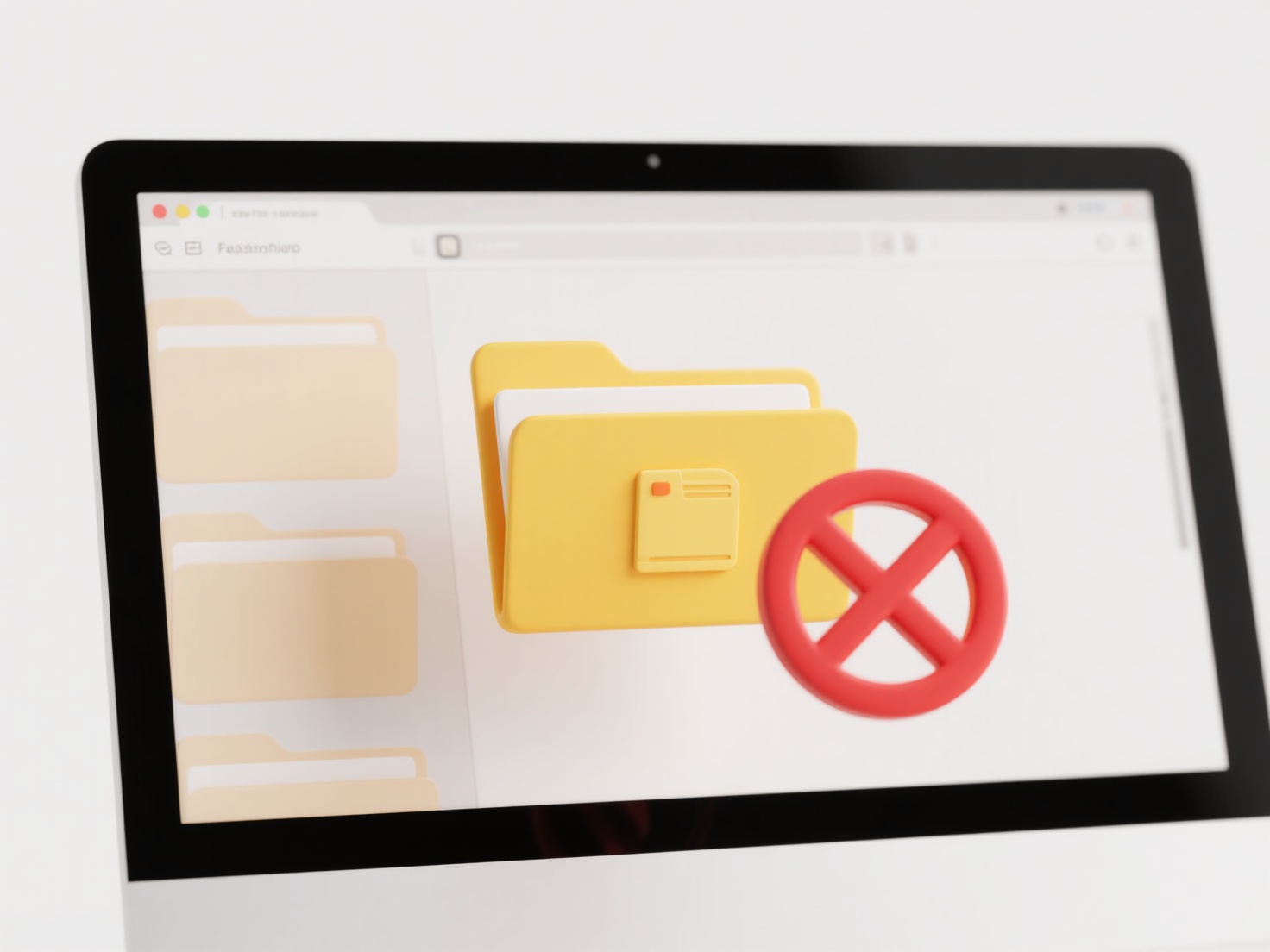
A .bak file is a backup file created automatically by software applications or manually by users to safeguard data. It acts as a safety copy of an original file (like a document, database, or system configuration), made before significant changes occur or at regular intervals. This differs from regular manual backups, like copying files to an external drive, as .bak creation is often triggered directly by the program itself without user intervention. The ".bak" extension clearly indicates its purpose.
Common uses include database management systems generating .bak files during scheduled maintenance or before updates to allow rollback in case of errors. For instance, SQL Server does this to protect critical financial data. Creative software, like Photoshop or AutoCAD, might create .bak files when opening large project files, storing a prior state automatically within the working directory or temp folders.

The main advantage is quick, localized recovery if the primary file becomes corrupt or an edit goes wrong, offering simplicity and low user overhead. Key limitations include the potential for clutter if numerous .bak files accumulate, storage inefficiency as full copies are stored (unlike incremental backups), and vulnerability if stored on the same drive as the original (susceptible to hardware failure or ransomware). It provides a basic safety net but shouldn't replace a comprehensive backup strategy involving off-site copies.
What is a .bak file?
A .bak file is a backup file created automatically by software applications or manually by users to safeguard data. It acts as a safety copy of an original file (like a document, database, or system configuration), made before significant changes occur or at regular intervals. This differs from regular manual backups, like copying files to an external drive, as .bak creation is often triggered directly by the program itself without user intervention. The ".bak" extension clearly indicates its purpose.
Common uses include database management systems generating .bak files during scheduled maintenance or before updates to allow rollback in case of errors. For instance, SQL Server does this to protect critical financial data. Creative software, like Photoshop or AutoCAD, might create .bak files when opening large project files, storing a prior state automatically within the working directory or temp folders.

The main advantage is quick, localized recovery if the primary file becomes corrupt or an edit goes wrong, offering simplicity and low user overhead. Key limitations include the potential for clutter if numerous .bak files accumulate, storage inefficiency as full copies are stored (unlike incremental backups), and vulnerability if stored on the same drive as the original (susceptible to hardware failure or ransomware). It provides a basic safety net but shouldn't replace a comprehensive backup strategy involving off-site copies.
Quick Article Links
How do I manage backups for important files?
File backup management involves creating spare copies of critical data and storing them securely. This differs from temp...
What happens when files are renamed during download?
When files are renamed during an ongoing download process, it typically causes the download to fail or become corrupted....
How do I search across USB or external drives?
Searching across USB or external drives involves locating files stored on physical devices like flash drives, external h...